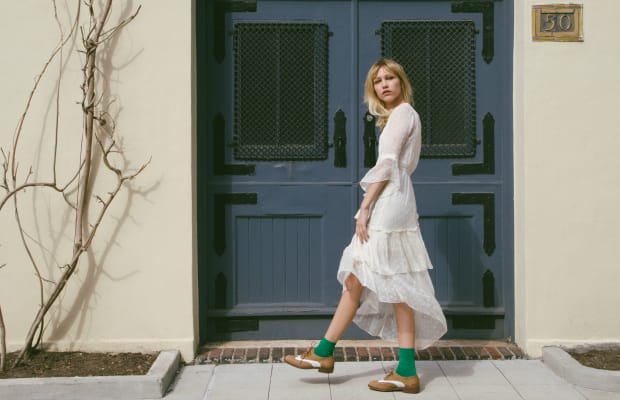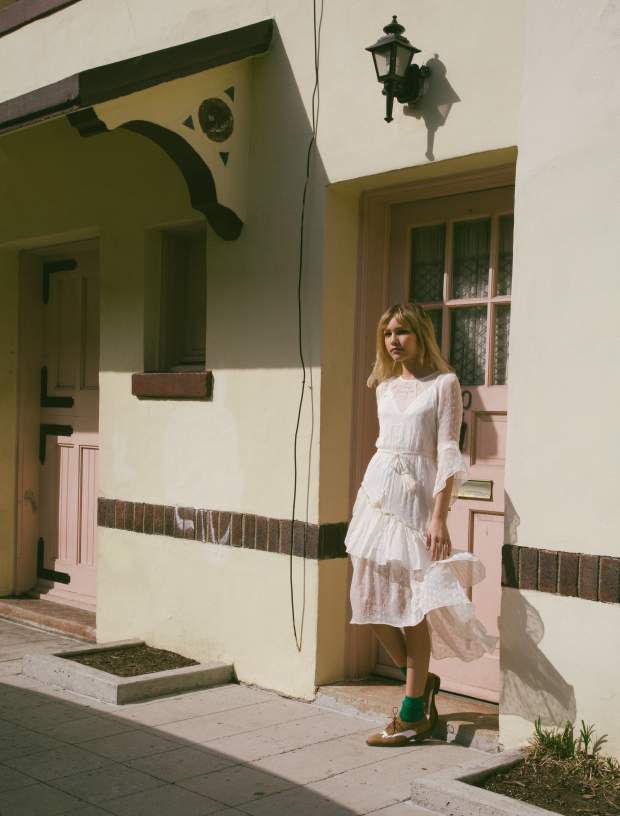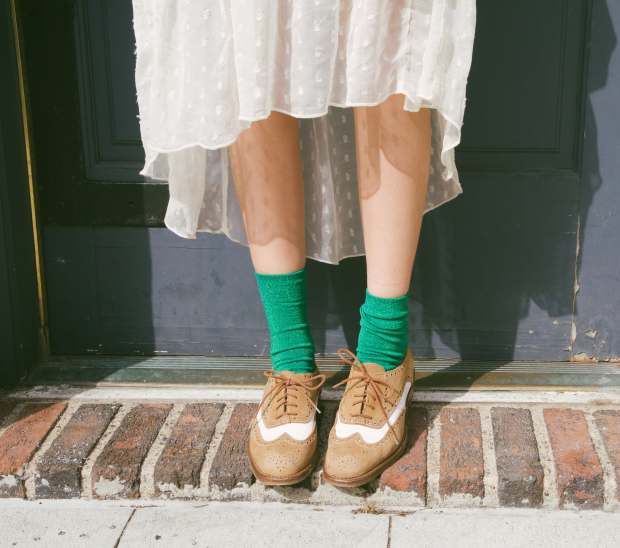The Next New Thing in Finance — Bonds Linked Directly to the Economy

By Robert J. Shiller
When the next big recession comes, we’ll be much better off if governments have established a new kind of bond tied to the ups and downs of the economy.
In fact, just such a financial innovation is almost ready for the marketplace.
The investment vehicle, called a G.D.P.-linked bond because it is tied to fluctuations in a country’s gross domestic product, would be immensely valuable to cash-strapped governments when revenue fell and debt-service costs climbed. In those circumstances, payments on G.D.P.-linked bonds would decline. That’s because the bonds automatically reduce debt payments as the economy weakens, a boon to governments but not obviously a good thing for investors.
In boom times, on the other hand, investors would profit as national economies grow and payouts on the bonds increase. If G.D.P-linked bonds had been on the market, global investors could have cashed in on the rapid growth of China’s economy over the past few decades by buying the Chinese version of such bonds. This would not have been the same as investing in Chinese stocks, which would have represented a claim only on earnings of then-traded corporations based in China.
The idea behind these bonds may seem strange. But many financial innovations that are now commonplace also seemed strange at one time.
Consider the inflation-linked bonds known as Treasury Inflation Protected Securities, or T.I.P.S. They are standard, unexciting and very useful now. But that wasn’t always the case.
In 1996, John Y. Campbell of Harvard University and I wrote a research paper about these bonds, as well as an op-ed piece in The New York Times, in which we argued that they be established, something that finally took place in 1997. At the time, a Treasury official told me jokingly that the bonds should be sold to members of the American Economic Association because economists seemed to be the only people who were interested in them.
Many people are interested in buying them now.
In December, T.I.P.S. accounted for 9 percent of the federal debt held by the public, or more than $1 trillion. While inflation is low now, people perceive that there remains a risk it could rise, which has sustained a strong market for those bonds.
I see a parallel with G.D.P.-linked bonds. Persuading people that we need such bonds is an uphill climb at the moment. No country has ever issued them (although there have been analogues in the form of warrants). And G.D.P.-linked bonds may be unappealing because, superficially, they, unlike T.I.P.S., seem to add risk to investor portfolios. But there is more to these proposed bonds than is immediately apparent.
Basically, once the market sets an appropriate price for G.D.P.-linked bonds, their benefits are straightforward.
ADVERTISEMENT
From the Treasury’s standpoint, the bonds would be helpful in a major financial crisis, when economic growth, inflation and tax revenue fall but conventional debt stays burdensome. Without G.D.P.-linked bonds — or extraordinary intervention by government or multilateral institutions, as happened in the most recent global financial crisis — a nation can find itself at risk of default.
In a crisis like that, investors would suffer as bond payments declined. In expansions, however, investors would benefit. In the United States, for example, bondholders can probably expect strong long-term growth in gross domestic product, which has risen 3.2 percent a year in real dollars, or 6.1 percent in nominal dollars, since 1929. Foreign investors should want such bonds to diversify their holdings.
Purchases of G.D.P.-linked bonds by investors outside the United States would be good for the American government because foreigners would be assuming part of this country’s economic risks from all causes, including global warming.
Furthermore, if countries around the world issued G.D.P.-linked bonds, truly diversified global portfolios would be possible, allowing investors to share in risk and to benefit from growth. Modern finance tells us that this would lead to safer, not riskier portfolios.
Such arguments are gaining traction these days, with support for the bonds last year at the G20 Finance Ministers and Central Bank Governors, at the European Commission, and in recent meetings and working papers.
James Benford of the Bank of England, Jonathan Ostry of the International Monetary Fund and I have put together analyses from 20 experts on how to create G.D.P.-linked bonds.The results appear in a new open-source e-book, “Sovereign G.D.P.-Linked Bonds, Rationale and Design” available on the VoxEU website.
One section is a kind of cookbook with detailed instructions for how to build this new type of government bond. An ad hoc working group that included Allen and Overy, an international law firm based in London prepared specifications, which should be helpful for governments that want to create the bonds.
Some technical details still need to be worked out.
It is not clear, for example, how credit rating agencies would rate these new bonds. They do not rate equities today and might conclude that individual G.D.P.-linked bonds were too similar to stocks in their risk/return profiles to permit a bond rating.
One legal issue to be resolved is whether G.D.P.-linked bonds would come with provisions that allowed disputes to be settled by a vote of a supermajority of investors, who have come to expect this protection from so-called collective action clauses in other types of sovereign bonds.
There are also questions about the maturity structure of the bonds. At one extreme, they could be perpetual (unlike, say a 30-year bond, which is paid off in 30 years). My colleague Mark Kamstra of York University and I have proposed that national governments sell bonds called trills — trillionth shares in gross domestic product, on a perpetual basis.
Specifically, a trill would pay an annual dividend equal to one trillionth of that particular year’s G.D.P., and would do so without any end date. This would define the bonds in a transparent way, implying that they are natural extensions of stock markets, which are also perpetual. The trills would go even further because they encompass everything that goes on in an economy.
The remaining issues need not be major obstacles. In fact, an advanced country’s government could issue G.D.P.-linked bonds now, setting an example for others to follow. Eventually, a vibrant market for the bonds could exist worldwide.
Once that happens, we can use G.D.P.-linked bonds as diversification tools, providing another way to protect vulnerable people and governments against economic fluctuations. One day, we may well take these bonds for granted, as if they had always existed.
Correction:
An earlier version of this article misstated the year John Y. Campbell and Robert J. Shiller wrote a research paper about inflation-linked bonds known as Treasury Inflation Protected Securities, or T.I.P.S. It was 1996, not 1966.
Robert J. Shiller is Sterling Professor of Economics at Yale.
A version of this article appears in print on , on Page BU4 of the New York edition with the headline: Bonds That Ride the Economy’s Ups and Downs. Order Reprints | Today’s Paper | Subscribe




















